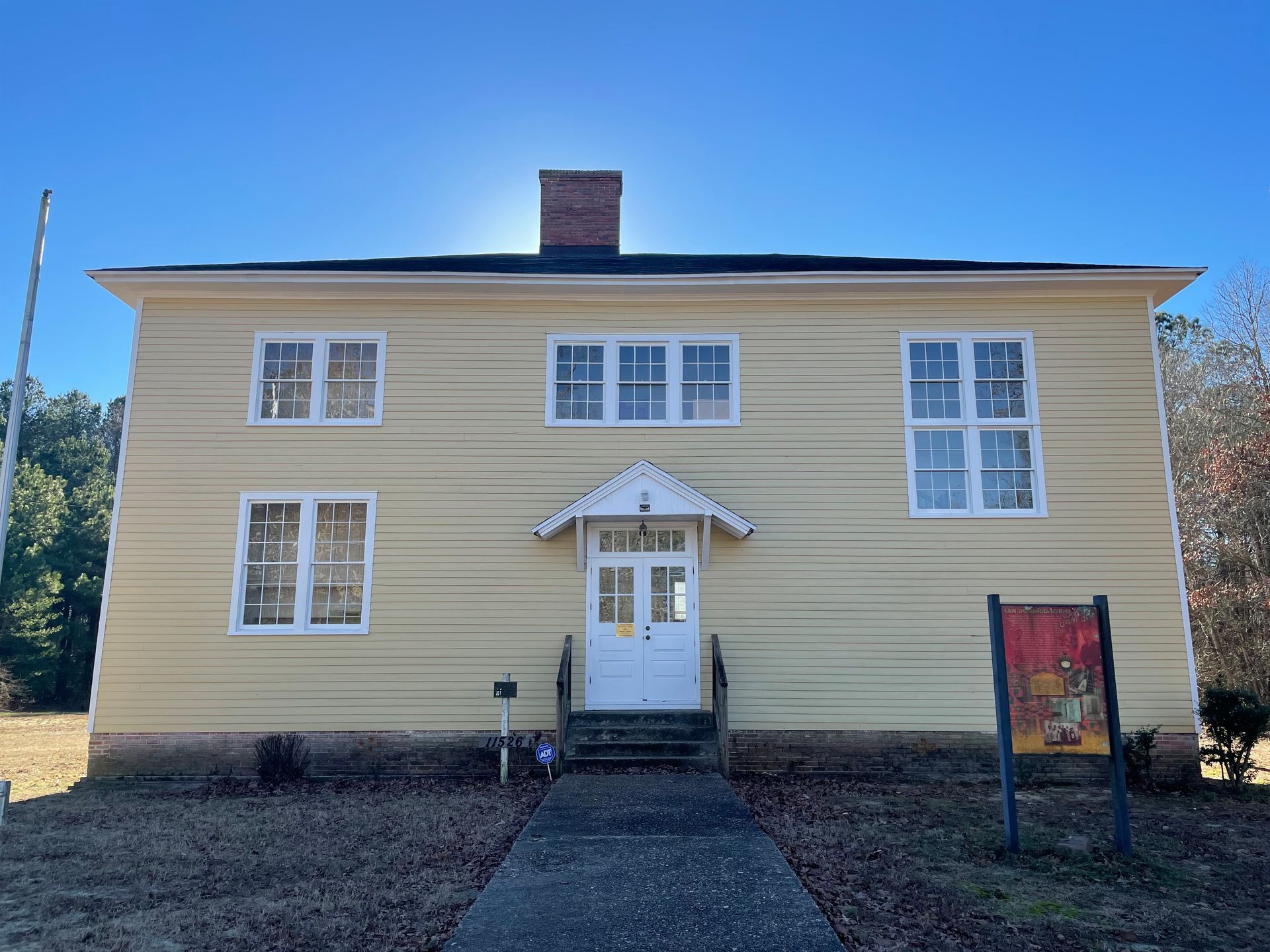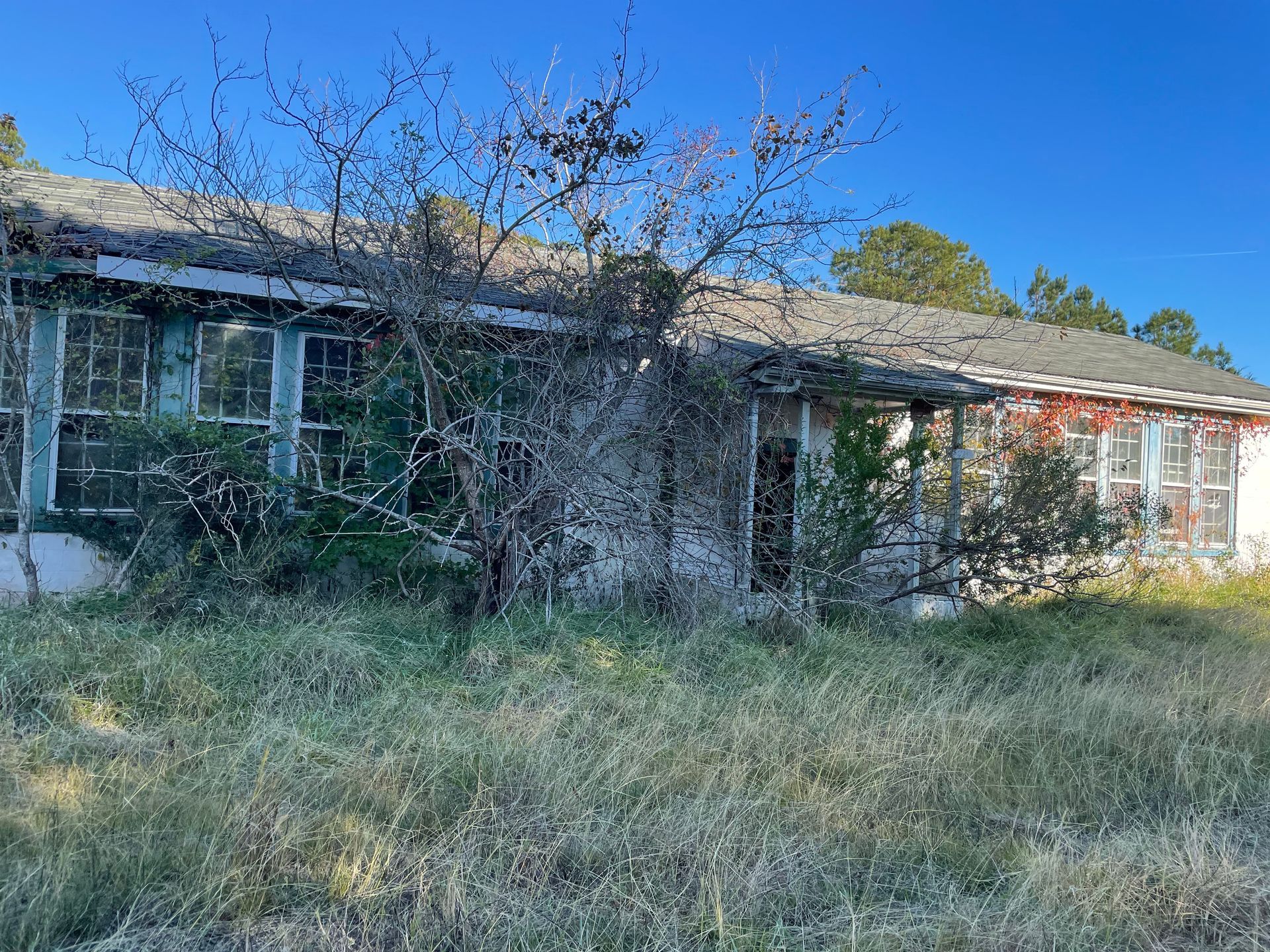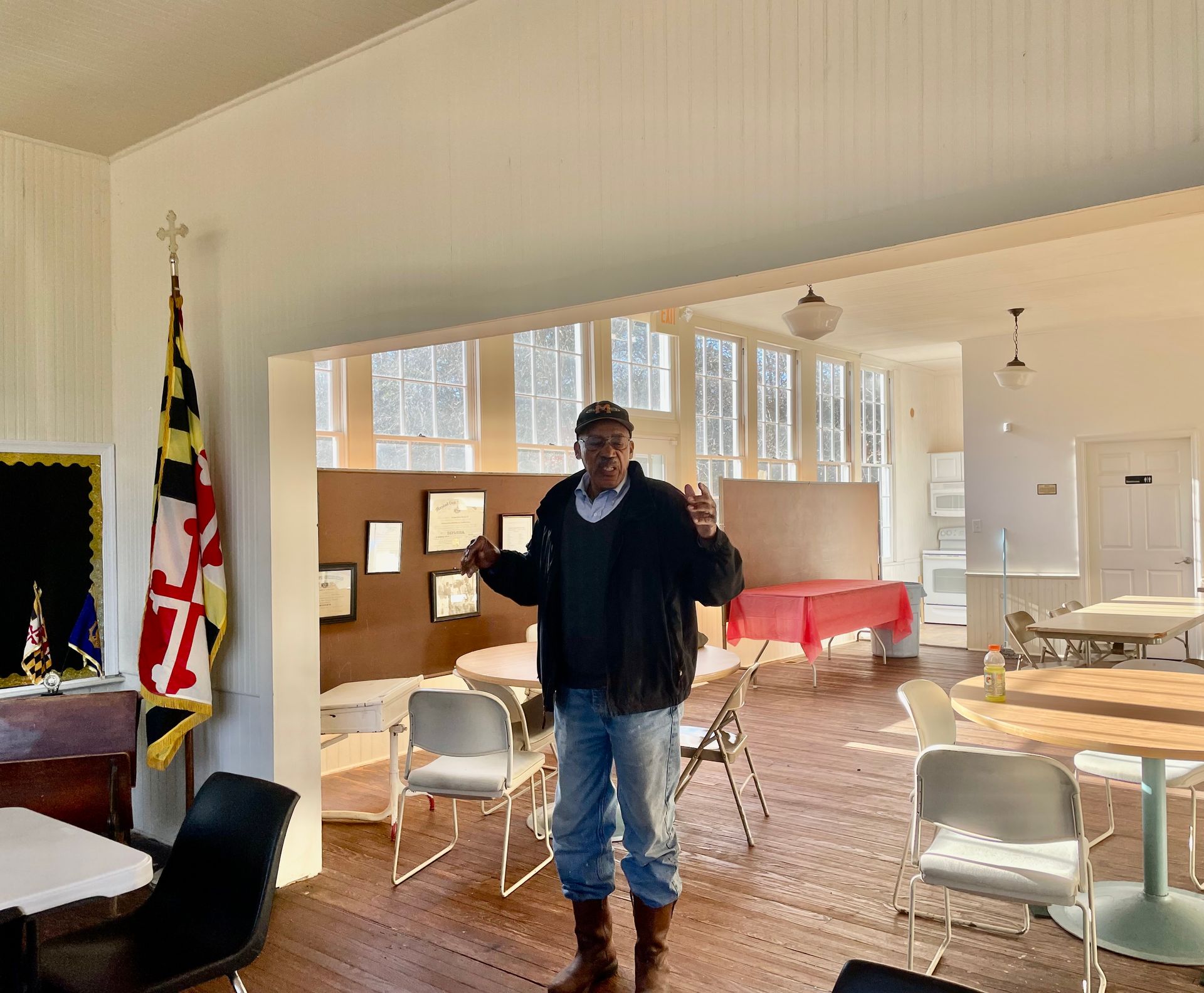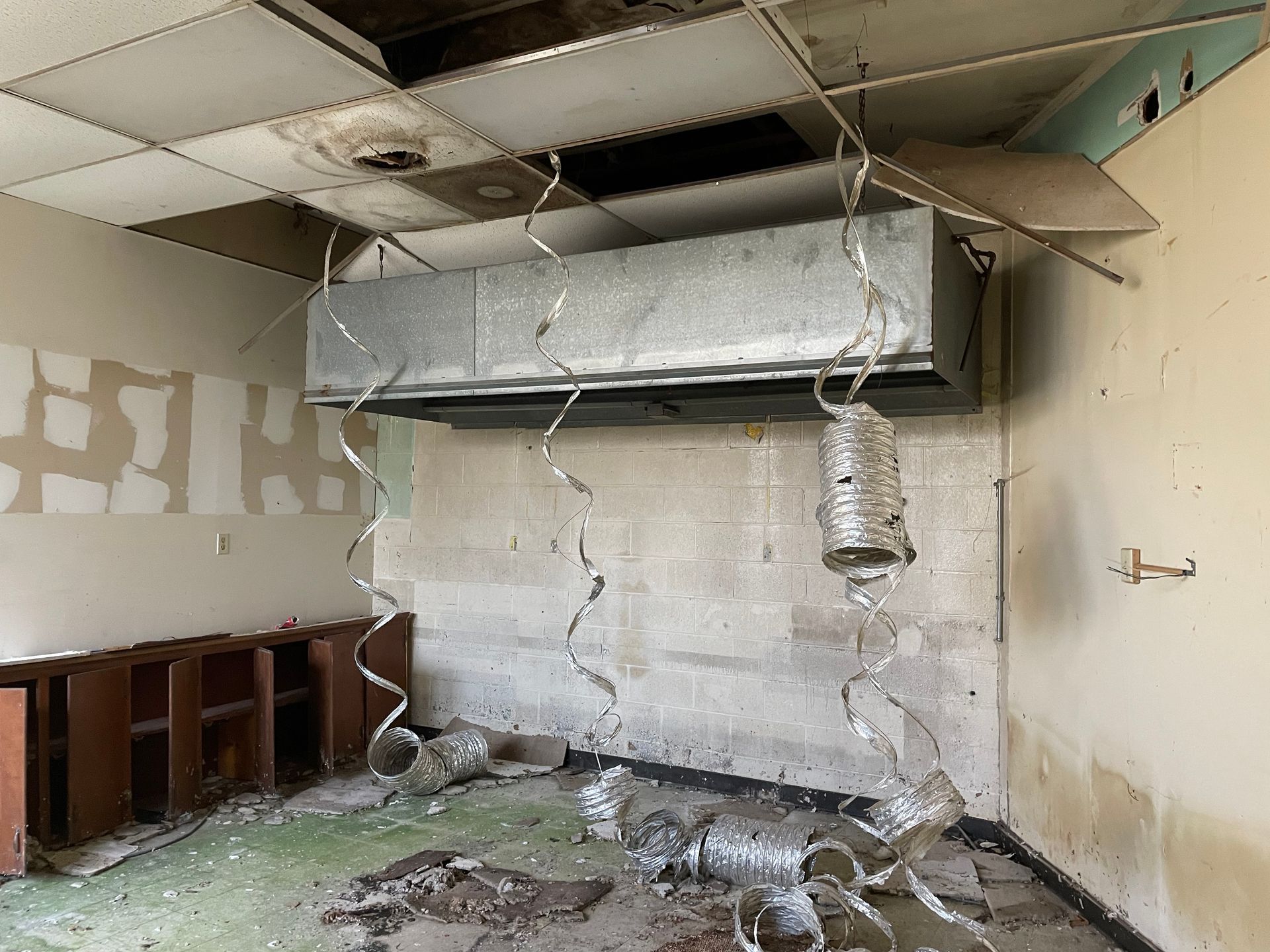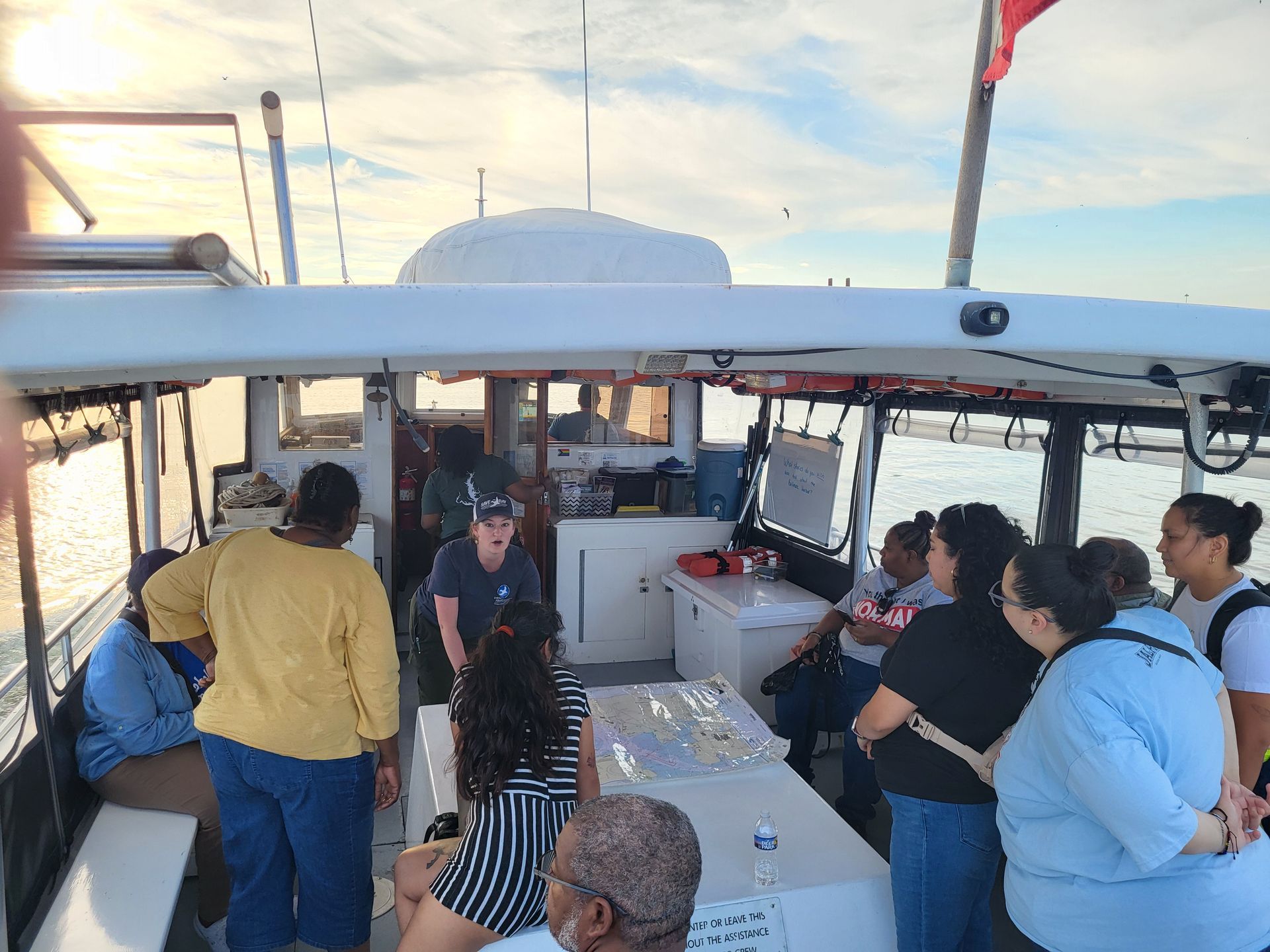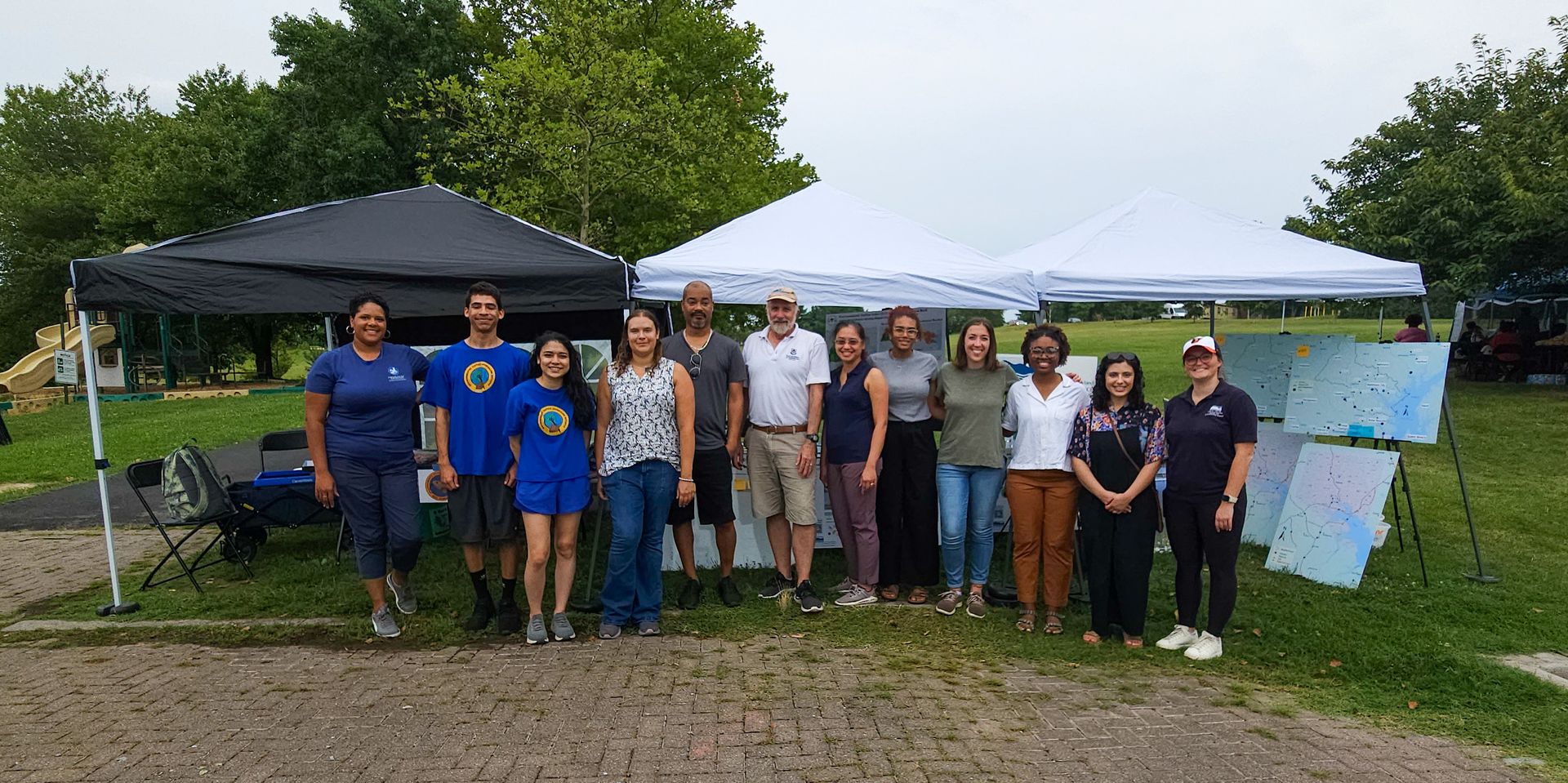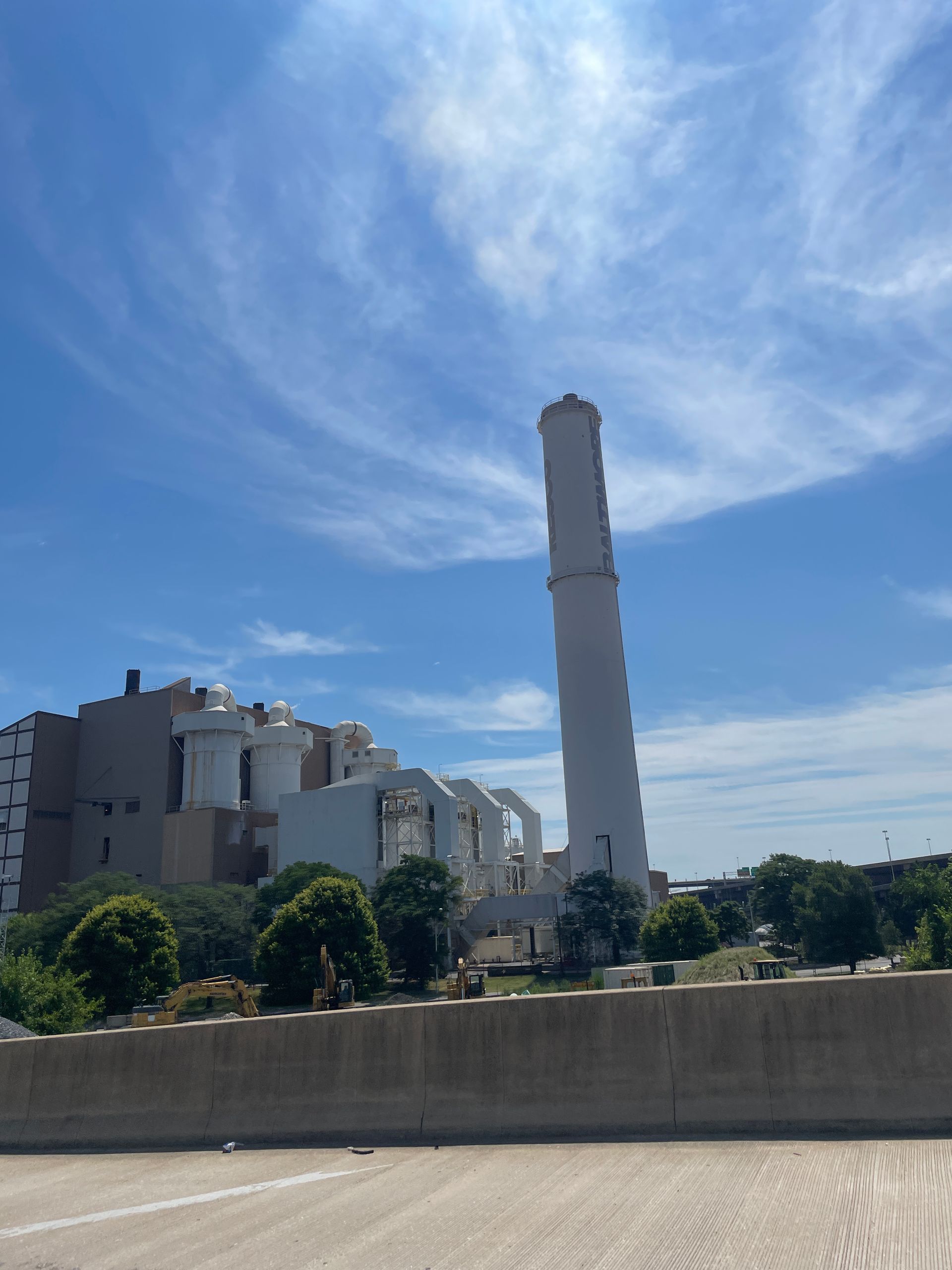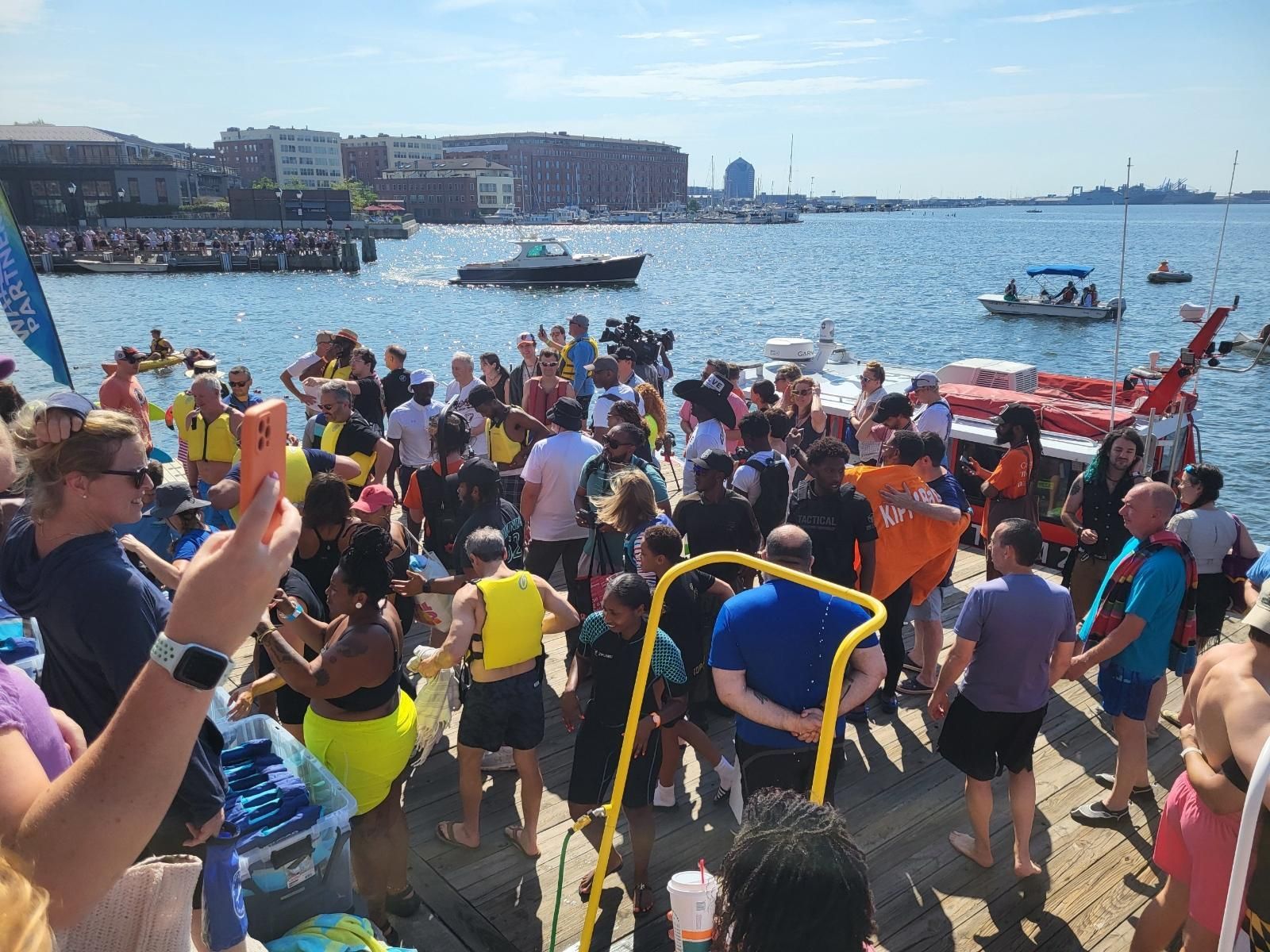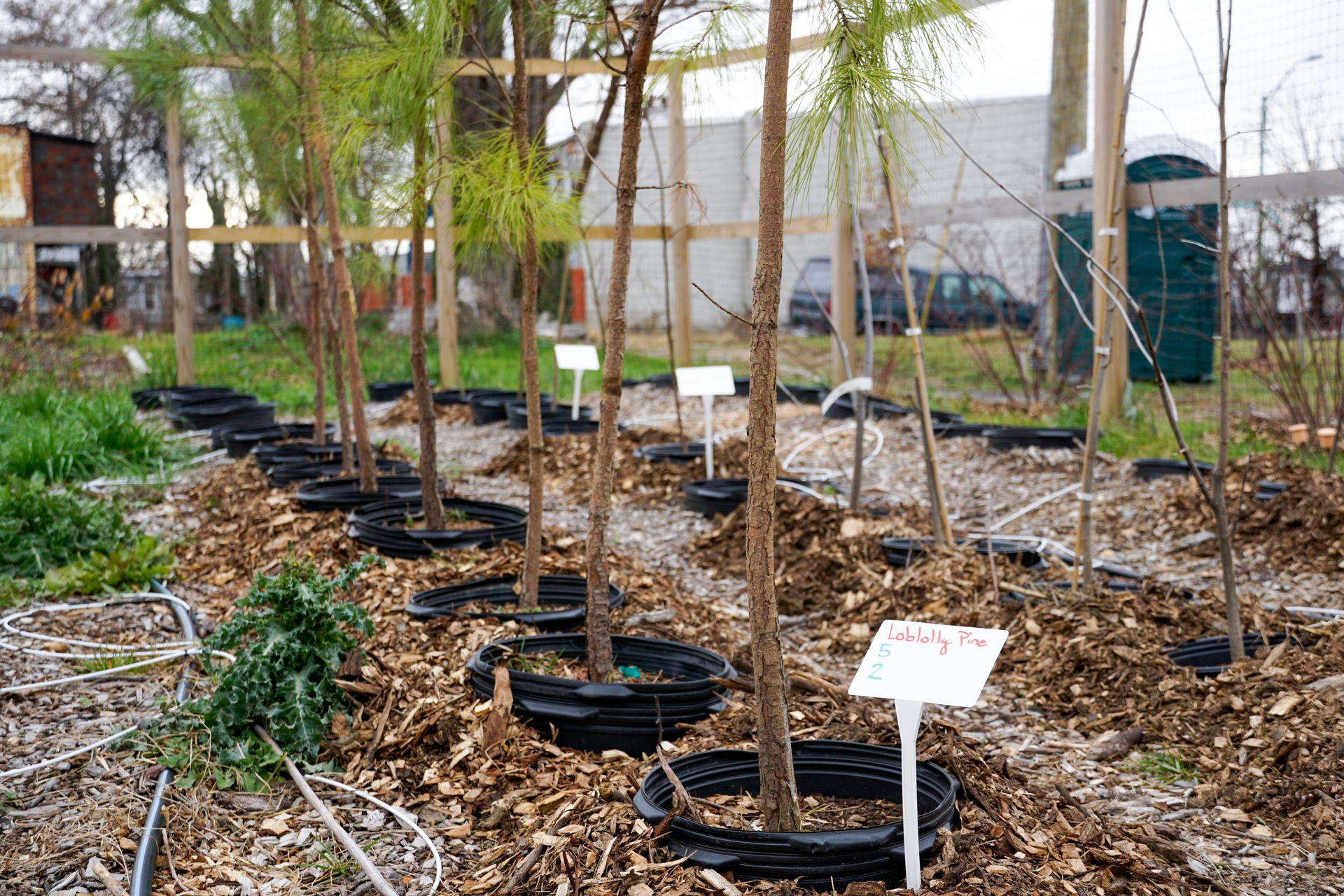Remembering Rosenwald
Remembering Rosenwald
By Rona Kobell
At EJJI, we often say that environmental justice journalism is not just about keeping out hazards. It’s about protecting community assets. Those assets can include a cherished marina to access the water, a cemetery with graves dating back to the Civil War, a garden plot that’s been growing produce for decades, or a home or school building that offered sanctuary in fraught times.
The Rosenwald Schools fall into that last category. Between 1910 and 1932, Julius Rosenwald and Booker T. Washington’s efforts resulted in 5,000 schools scattered across rural areas of the American South. These schools educated one third of all Black Americans during a time when southern states, including our own Maryland, decided not to educate Black children year-round.
These schools became community treasures. Built with designs from Tuskegee architects and seed money from Rosenwald, who was chairman of Sears and Roebuck, the structures focused on natural light and ingenious use of space. Closets were large, to accommodate bulky boots and coats from long, cold walks. (There were no buses for Black children at that time.) Windows were expansive, covering entire walls to warm the rooms and let in natural light. Walls moved, allowing for the school space to also function as a community gathering hall. Outside space often included gardens to grow food, baseball fields, and shaded trees for calm, open space.
The 1954 Supreme Court decision Brown vs. the Board of Education of Topeka marked the beginning of the end for many Rosenwald schools. As the south began its slow march toward integration, children stopped attending the segregated Rosenwald schools. Many fell into disrepair. Only 500 remain today; of those, only 250 have been restored – so, 90 percent are gone, and more will go, and quickly, without a major effort to preserve them and highlight their story.
San Domingo school interior: Newell Quinton, who led efforts to restore the school, shows how walls retract so it can function as a multipurpose space for various community groups.
Dames Quarter Rosenwald school interior: Members of the bearby Macedonia United Methodist Church tried to buy the school and preserve it to use as an auxiliary fellowship hall, but they were outbid by an out-of-towner. Now, they say, even if they could get it they likely couldn’t afford to restore it as it’s too far gone.
The push to establish a national park honoring Julius Rosenwald’s work could stem that tide. It would be the first national park honoring a Jewish American.
I was honored to write this story about Julius and Booker for National Parks magazine. It’s personal to me for many reasons, not the least of which is that I am a Jewish American in a partnership with a Black American to build a better future for our children. Our vision may not be as grand as Julius and Booker’s, but it comes from the same spirit.
You can read the National Parks story
here.
